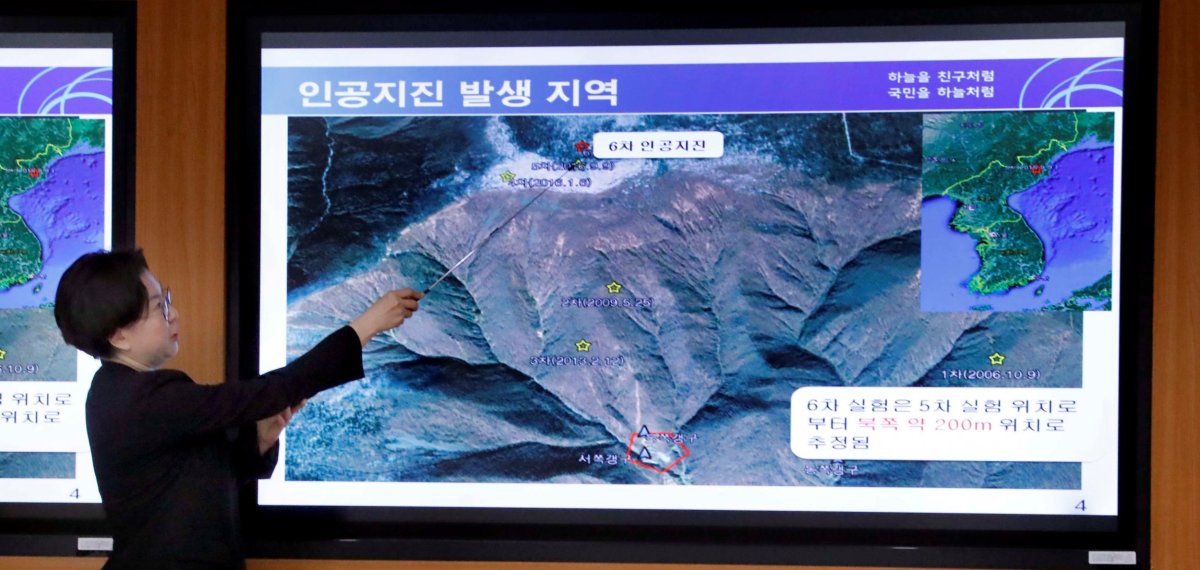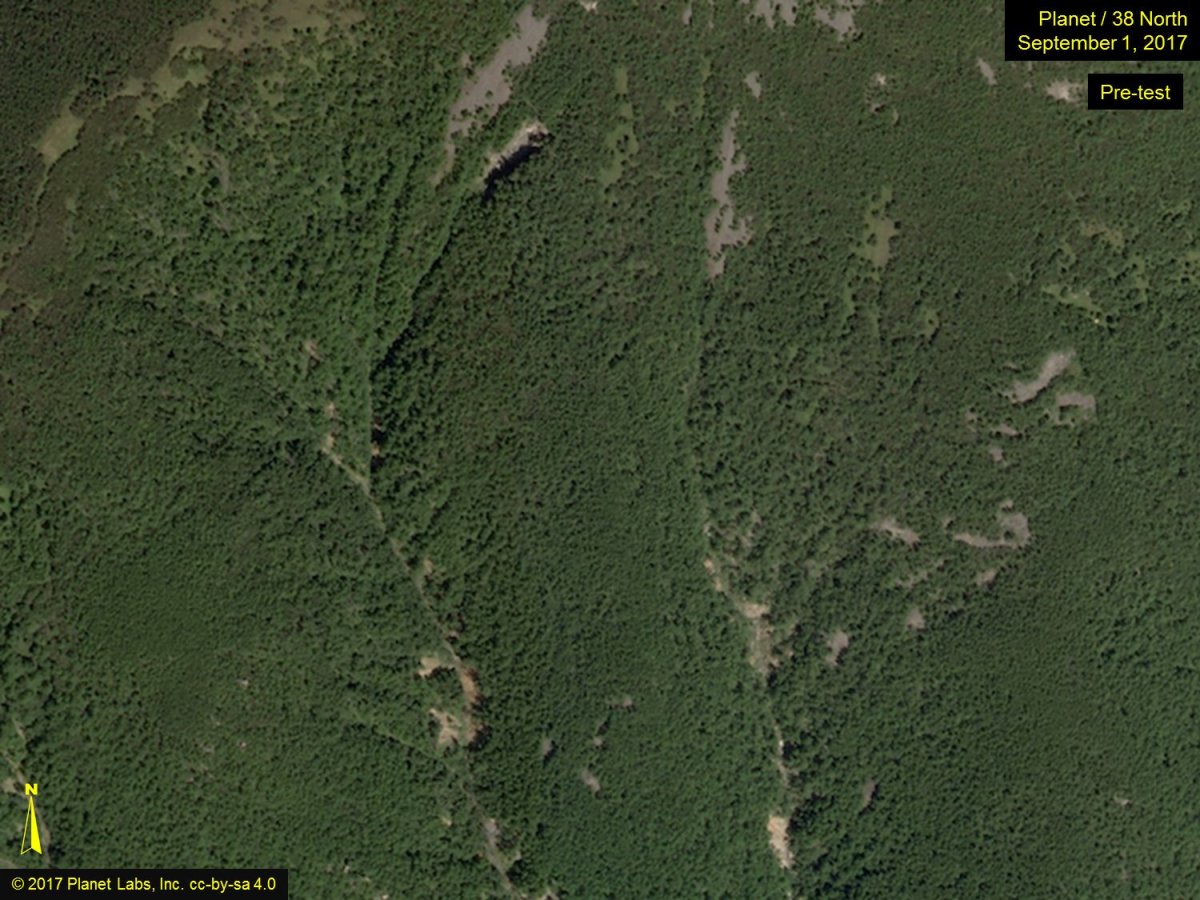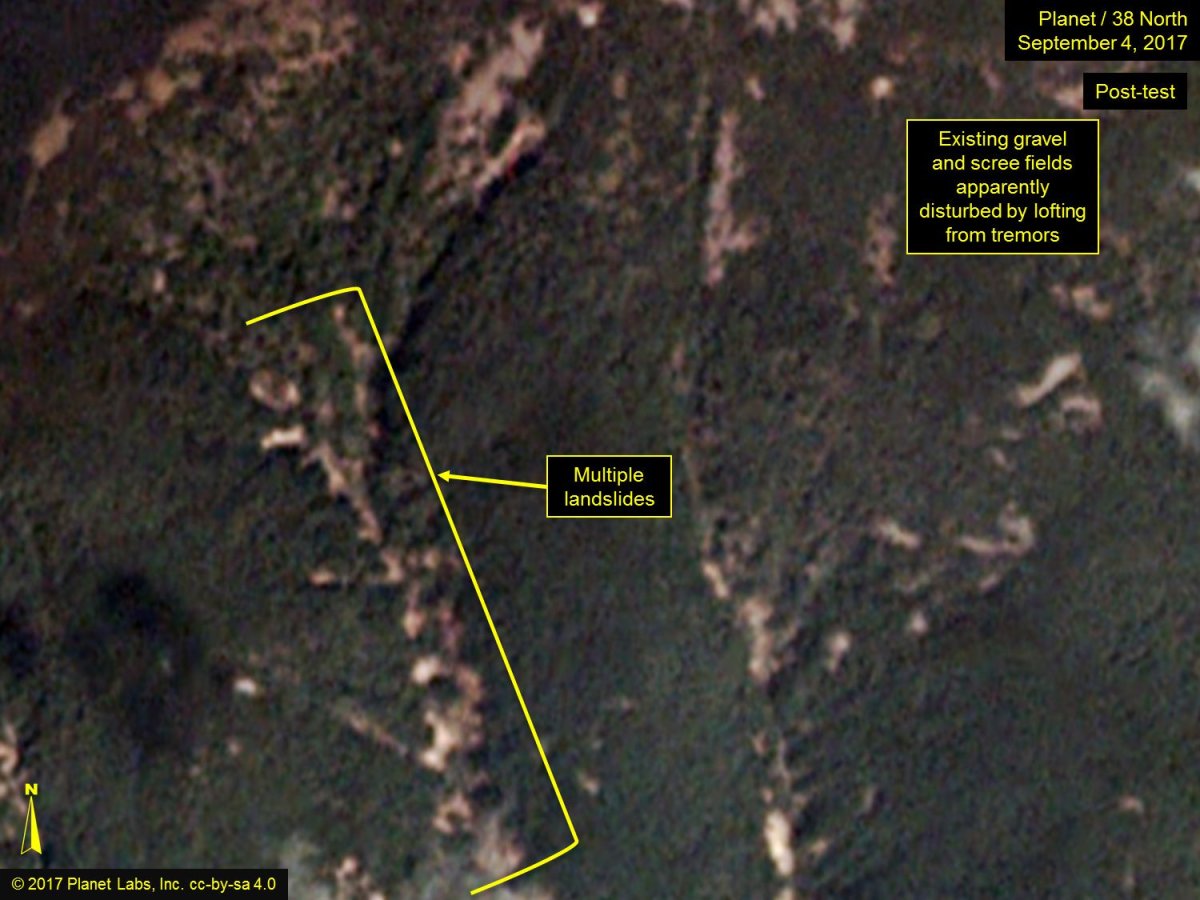
North Korea's latest nuclear weapons test was by far its most powerful, potentially producing an explosive yield nearly 10 times stronger than that of the country's most advanced warhead.
Defying U.N. sanctions and fiery threats from President Donald Trump, North Korean leader Kim Jong Un ordered his country's sixth nuclear weapons test Sunday after a nearly year-long hiatus spent focused on making strides in the country's ballistic missile capabilities. North Korea announced shortly afterward it had developed and tested its first hydrogen bomb, a vastly more destructive weapon than the warheads experts have previously observed in Kim's arsenal. While different sources have reported different results, some believe it may have been more powerful than all previous tests combined.
Related: What war with North Korea looked like in the 1950s and why it matters now
U.S. intelligence observed the detonation of an "advanced nuclear device" equivalent to 140 kilotons of TNT, according to The Diplomat. On the other hand, Norwegian Seismic Array reportedly projected an explosion of about 120 kilotons, Japan reported 70 kilotons and South Korea said it was 50 kilotons. Others have put the number as high as 500 kilotons.

North Korea conducted its first nuclear test in 2006, likely producing less than one kiloton—but also sparking an outcry from leading U.N. powers. A second test in 2000 produced about 9 kilotons, according to Reuters. Since Kim Jong Un became North Korea's third-generation leader after his father's death in 2011, he rapidly developed both his country's nuclear and ballistic weapons stockpiles. The next two tests, in February 2013 and January 2016, produced roughly about a dozen kilotons.
By the fifth test, in September 2016, the explosive yield increased to about 20 kilotons, and North Korea was producing nuclear warheads with the destructive equivalence of the "Little Boy" bomb used by the U.S. on the Japanese city of Hiroshima on August 6, 1945. The roughly 15-kiloton nuclear warhead, along with the country's first intercontinental ballistic missiles (ICBMs), would be enough to take out many major U.S. cities, as well as other population centers around the world. North Korea's latest bomb would be even deadlier.
Following North Korea's first two ICBM tests in July, Newsweek used nuclear historian Alex Wellerstein's NukeMap last month to calculate the casualties of a potential North Korean nuclear strike on major cities in the U.S. The tool found that a 15-kiloton nuclear warhead would kill an estimated 174,640 people and injure 291,630 more if it struck Newsweek's office in lower Manhattan. Now, these numbres are raised to 477,470 deaths nearly a million and a half injuries if the latest warhead produces a yield of 150 kilotons, as Wellerstein estimates.
North Korea monitoring group 38 North, a project of the U.S.-Korea Institute at Johns Hopkins University's School of Advanced International Studies, published Tuesday an analysis of the test by leading intelligence analysts Joseph S. Bermudez, Jr. and Jack Liu. The pair estimates the yield of Sunday's nuclear weapons test to be about 120 kilotons, making it about eight times stronger than the "Little Bomb" that killed at least 75,000 people in Hiroshima, and about six times stronger than North Korea's previous nuclear test.


Like his father, Kim has argued that North Korea has the right to possess nuclear weapons in order to defend the country from U.S. invasion. He points to previous Washington-led efforts to overthrow Iraqi leader President Saddam Hussein, who was found not to possess weapons of mass destruction, and Libyan leader Muammar Gaddafi, who had voluntarily surrendered his own nuclear program in a bid to imrpove relations with the West.
Many countries, including China, have expressed concern regarding North Korea's nuclear arsenal, as well the U.S.'s growing military presence in the region. Trump and his administration have threatened to disarm North Korea by force, and the U.S. has conducted joint defense maneuvers with regional allies South Korea and Japan, infuriating North Korea and further escalating the tense standoff.
Uncommon Knowledge
Newsweek is committed to challenging conventional wisdom and finding connections in the search for common ground.
Newsweek is committed to challenging conventional wisdom and finding connections in the search for common ground.
About the writer
Based in his hometown of Staten Island, New York City, Tom O'Connor is an award-winning Senior Writer of Foreign Policy ... Read more
To read how Newsweek uses AI as a newsroom tool, Click here.








